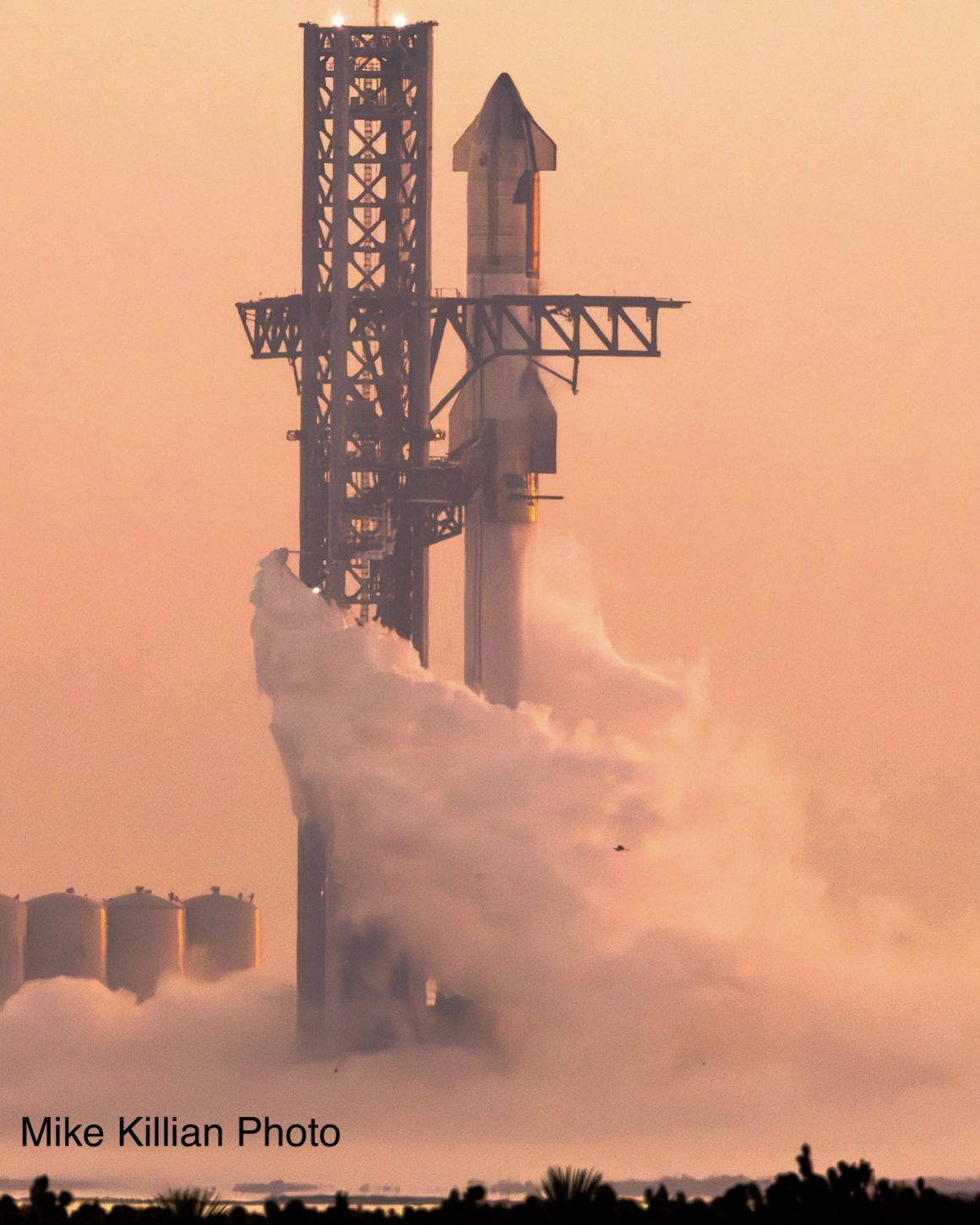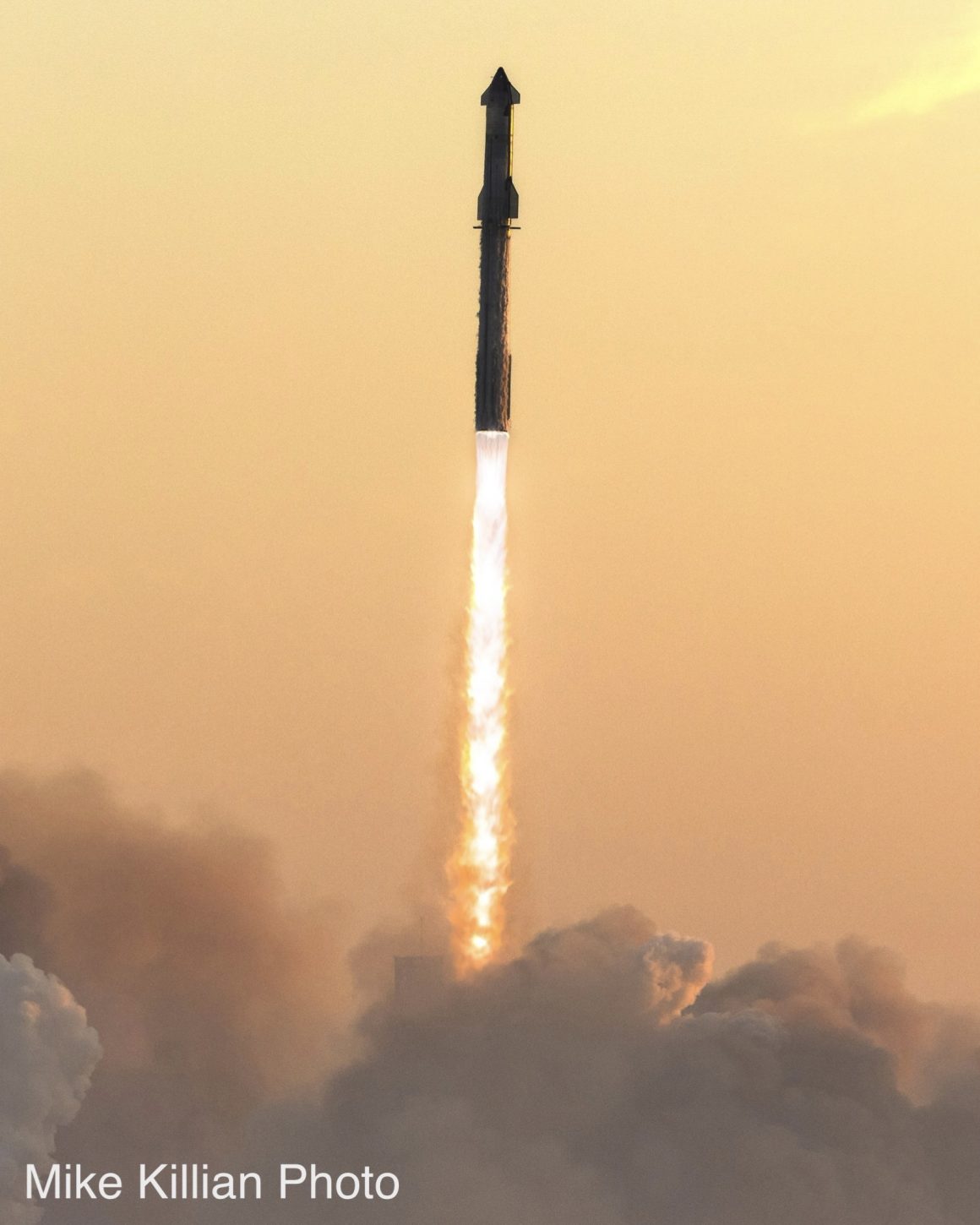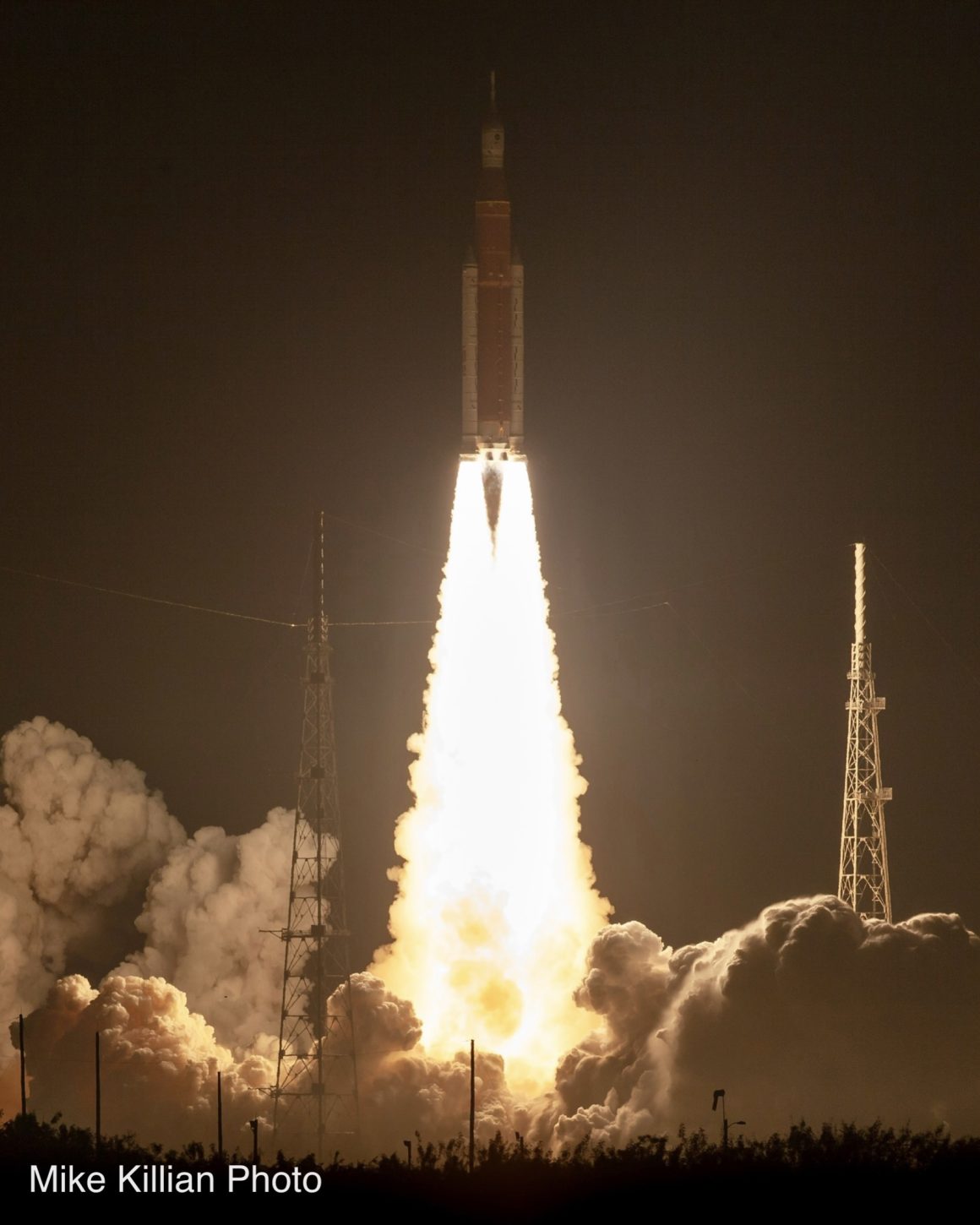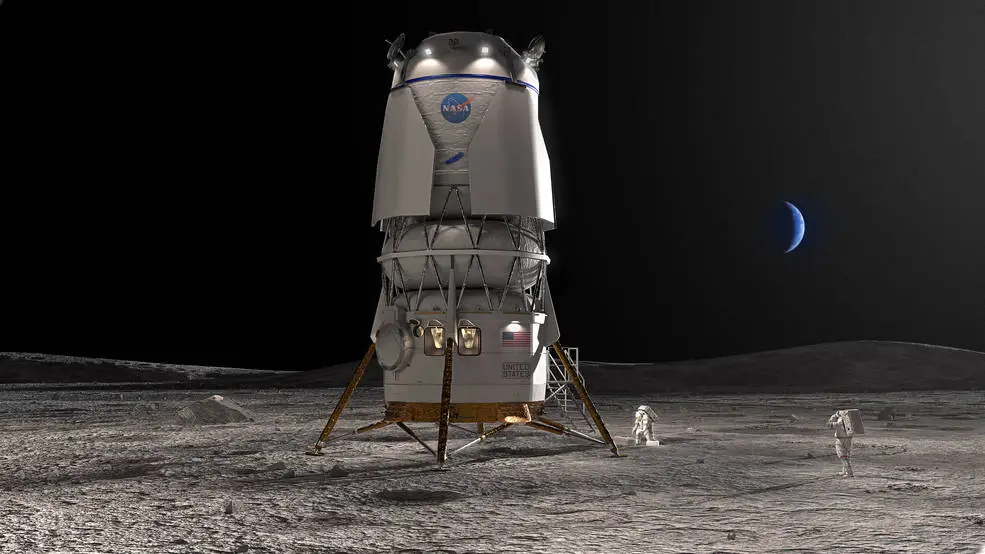SpaceX is aiming for their third Starship flight test on March 14.
Starship completed its wet dress rehearsal for launch a few days ago at their “Starbase” in south Texas, located in Boca Chica near Brownsville. They loaded more than 10 million pounds (4600 metric tons) of propellant on Starship and its Super Heavy rocket, to ensure they are ready for launch on March 14.
Third time’s a charm?

The Starship spacecraft and Super Heavy rocket are developmental prototypes. With each test and launch the vehicles are upgraded, evolving based on data engineers obtain from each test.
The first launch in 2023 destroyed its own launch pad, and blew up during ascent at high altitude. SpaceX made changes to the pad infrastructure and made some changes to the Starship and rocket, and launched the second test in late 2023. That test went much better, however the rocket again blew up shortly after separating from the Starship. The Starship itself failed to reach orbit.

For this third test flight, SpaceX wants to see a successful liftoff and ascent to stage separation, and get Starship into orbit successfully. Both the rocket and spacecraft are being developed for reusability, similar to their successful Falcon-9 rockets and Dragon capsules. NASA contracts those to haul their astronauts and cargo/supplies to and from the International Space Station (ISS).
Here’s what SpaceX hopes to accomplish on Starship’s third flight
The Starship and rocket are further upgraded for this third test, but the test objectives and flight profile are also different from the previous 2 tests. This time, SpaceX wants to get Starship into orbit for an hour, with a safe splashdown in the Indian Ocean.

ABOVE: Watch Elon Musk discuss Starship’s upcoming 3rd flight test
In orbit, SpaceX plans to fire one of the spacecraft’s Raptor engines to demonstrate an in-space engine burn. They also want to test opening and closing a payload bay door, which would be used in the future to deploy Starlinks and other satellites. Think of it like a Pez dispenser.
Perhaps most importantly, SpaceX will try a propellant transfer in-flight, moving propellant from one tank to another within Starship. Elon Musk has a vision for eventual on-orbit refueling between Starships, and it’s a part of SpaceX’s blueprint to support NASA’s returning people to the surface of the moon for the Artemis program. However, that capability is a concern for NASA, because it’s an added complication.
The taxpayer and government has a vested interest in Starship

There is a lot riding on the Starship program. Not only does Elon Musk see Starship as the future for SpaceX to reach the moon and Mars, but NASA and the U.S. taxpayer are relying on SpaceX to get it right, and soon. NASA has contracted Starship to land their Artemis crews on the moon, at least for the first 2 landing missions on Artemis-3 and 4.
However, the longer SpaceX takes to get Starship safely operational, the longer it may take to land on the moon. China wants the moon too, and the U.S, government is not interested in letting them have it. The South Pole is rich with frozen water to sustain a long-term human presence. After all, water is a key ingredient in rocket fuel.

NASA plans to launch their first Artemis crew to the moon in late 2025, on a flight similar to Apollo 8. That crew will conduct various tests and ensure the Orion spacecraft is ready for the future crewed landing missions. Think of it as a dress rehearsal for landing Artemis-3.
For Artemis-3, Artemis will launch the crew on the SLS rocket and Orion spacecraft. SpaceX however will need to launch 2 Starships; 1 as a propellant tanker and another as the actual lunar lander. Both Starships would dock in-orbit to refuel the lander, and then the lander would fire its engines for the moon. The Artemis crew in Orion would dock with the Starship lander, and land on the moon. Then return to lunar orbit to dock again with Orion, and head home to Earth.
You need to watch this segment 60 Minutes just did about Starship and Artemis

However, NASA won’t put their crews on an unproven vehicle. SpaceX had to prove with many successful missions that Falcon 9 and Dragon were reliably safe, before NASA ever put their astronauts onboard. It will be no different for Starship. SpaceX will need to fly many safe and successful Starship missions, before NASA trusts it to land their astronauts on the moon.
It doesn’t seem possible that SpaceX and Starship can be ready in just 2 years. NASA wants to land in late 2026. Elon, however, recently stated that he expects Starship to be ready to land the first crew “in less than 5 years.”
“It absolutely concerns me because we need them to launch multiple times,” said NASA’s associate administrator Jim Free, in a recent interview with 60 Minutes (watch that above). “We have a contract with SpaceX that says they’re going to land our crew in the end of 2026.” SpaceX ignored their repeated requests for interviews for the story, which highlights some of the key issues to returning to the moon.
NASA also contracted another lander, Blue Origin

(Blue Origin image)
Free also touched base on the fact that NASA has a contract with Blue Origin for a lander. That is supposed to be the lander for Artemis-5, but he hinted that, if Starship isn’t ready and Blue Origin is, it’s something to consider.
You can read NASA’s press release about Blue Origin’s lander here.

